April 2024: On the 24th of April, the Philips 5000 Series Indoor 360-Degree camera was introduced to the Indian market. CES 2024 was another venue where the camera was shown. The surveillance camera is capable of capturing video at a resolution of 2K, and it does not need a continuous connection to Wi-Fi all the time. As soon as an internet connection is available, the film may be saved on the SD card, and then it can be transferred to the appropriate application or cloud storage at a later time.
Through the use of the companion smartphone application developed by Philips, the camera may be monitored. Additionally, it is equipped with a night vision capability that is capable of capturing photos in black scale.
In India, the Philips 5000 Series Indoor 360-Degree camera may be purchased for a price of about Rs. 8,895. It is also available on Amazon, in addition to being accessible on the website of Philips Domestic Appliances. One hue of black is the only one available.
With a size of 2,304 by 1,296 pixels, the Philips 5000 Series Indoor 360-Degree camera is equipped with a 3-megapixel image sensor and is capable of capturing video at a quality of 2K. A microSD card with a capacity of up to 128 gigabytes may be used to record day and night. Additionally, it is capable of offline recording, which means that even if the camera does not have an active internet connection, it may continue recording on the microSD card or use an optional cloud backup service, which needs a monthly charge.
The Philips Home Safety application is compatible with the security camera that is being installed. Through the use of the application, users are able to exercise control over some camera operations and view security video. In addition to that, it comes with a two-way speak and siren function that enables you to communicate back and answer via the application. It is also stated that the camera is equipped with motion detection techniques that are supported by artificial intelligence, which can identify humans, pets, and noises such as a kid screaming.
Xiaomi India announced, in January 2024, the new addition of Xiaomi 360 Home Security Camera 2K to its smart home ecosystem. It has a 3MP camera with an improved 6P lens and f/1.6 aperture capable of outputting 2K HD video. This device also comes with some intelligent features like motion detection and voice control functionality. Let me take you through the price, specifications, and features of this gadget.
Underwater robotics firm VideoRay acquired St. Pete tech startup Blue Ring Imaging in November 2023. The company designs VR interfaces for underwater ROVs and their pilots using mixed reality – a combination of virtual and physical environments. They are prescribed specialized 360-degree cameras that are built custom for each vehicle type or mission.
In 2023: The Ricoh Theta Z1, the Samsung Gear 360, and the Insta360 One X2 are just a few of the latest 360-degree cameras that were introduced. These cameras have more features than earlier models, better image quality, and longer battery life.
Insta360 Ace and Insta360 Ace Pro were launched by Insta360 in November 2023 as a pair of wide-angle action cameras, which the company claims are no equal when it comes to action capture intelligence and incredible image quality. Moreover, the lead option is Insta360 Ace Pro. The firm partnered with Leica to create "an industry-leading 1/1.3″ sensor for truly superior imaging performance," according to Insta360.
VR360 was introduced by Vuze into the market in June 2023 in order to enhance its stake in this segment with another product line known as VR360 3D. However, this camera offers more realism than traditional cameras, providing more life-like experiences because it shoots true stereoscopic videos. It is targeted towards VR fanatics as well as producers of content alike.
In September this year, Insta360 took out their latest consumer-oriented ONE RS Twin Edition from one of those storage boxes. Two lens modules that can be swapped out come inside this special camera: A premium sensor mod made alongside Leica which is a great partner to use on modern age photography together with an immortal classic. Likewise, they may use one camera body to capture breathtaking cinema-like images as well as 360-degree footage.
In October 2023, the GoPro brand of action cameras received a significant upgrade for the Max 360 camera. Moreover, the update comes with several new features like improved low light performance, Max SuperView, which enables users to shoot ultra wide-angle perspective even beyond its native viewing angle by digitally extending it in post-production, and horizon leveling feature where image stabilization is maintained despite the tilt of the camera shooting.
Kandao launched Meeting 360 in July 2023, mainly targeting the rapidly expanding video conferencing industry. The AI-powered 360-degree camera also automatically focuses on the speaker so that it can be seen clearly by everyone at a meeting while changing its field of view. Equally important, this gadget has echo cancellation and noise reduction for clearer audio.
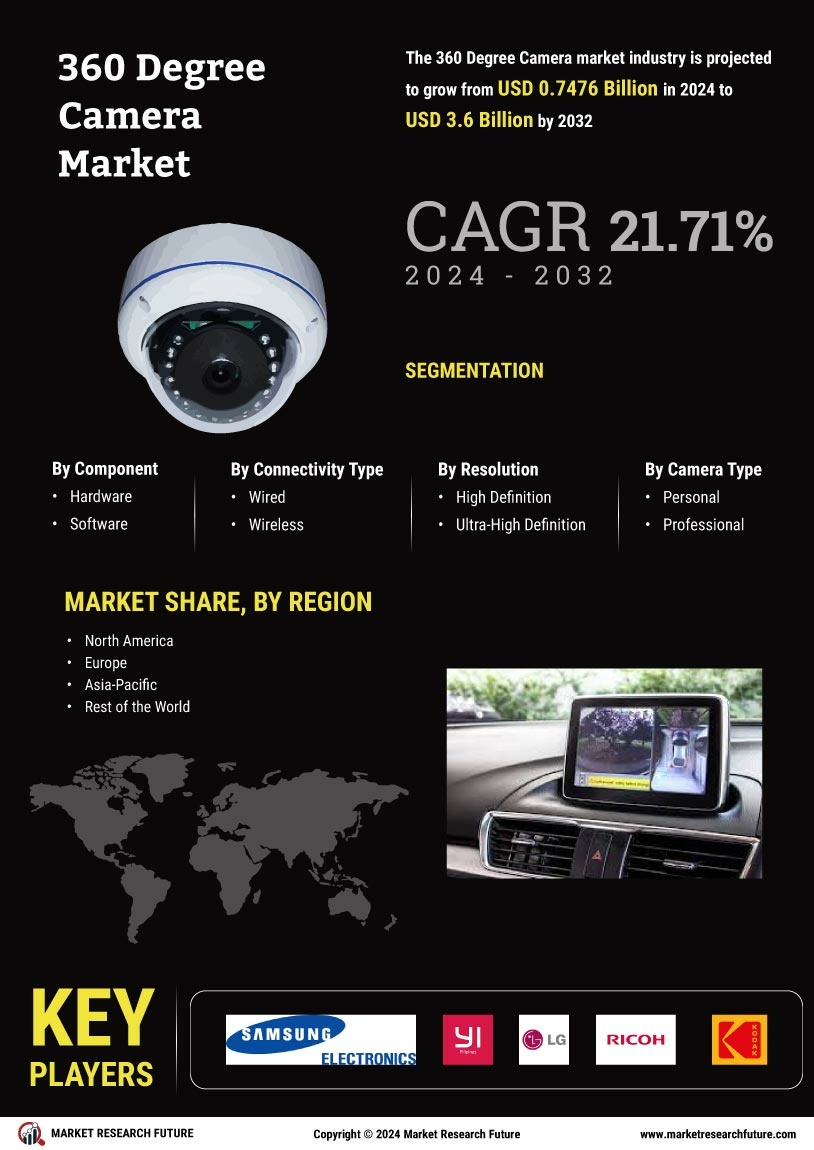
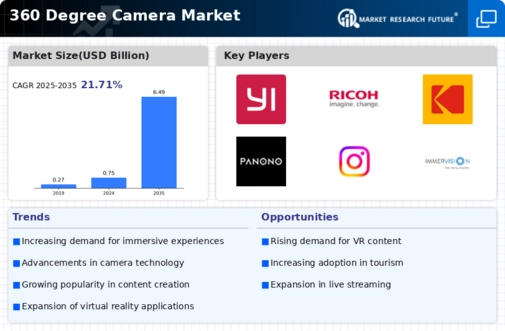
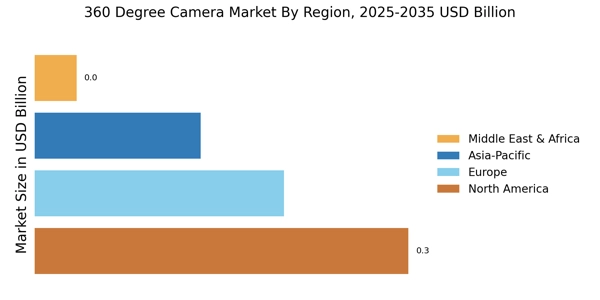
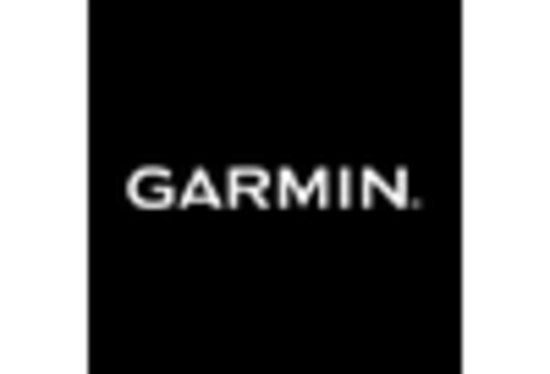
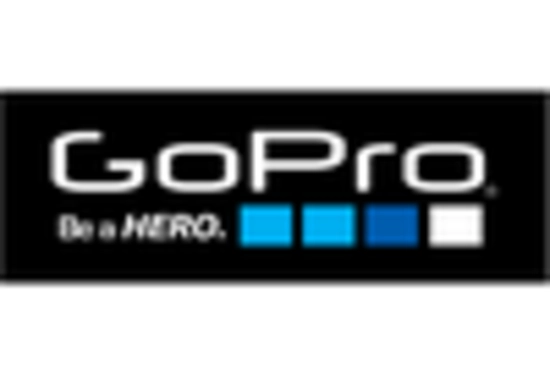

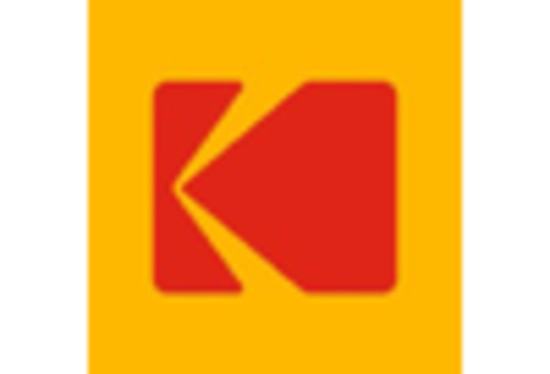
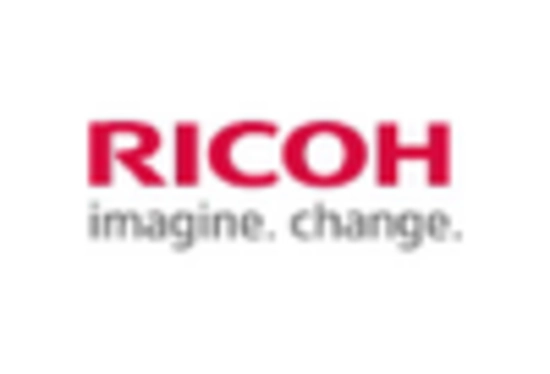









Leave a Comment